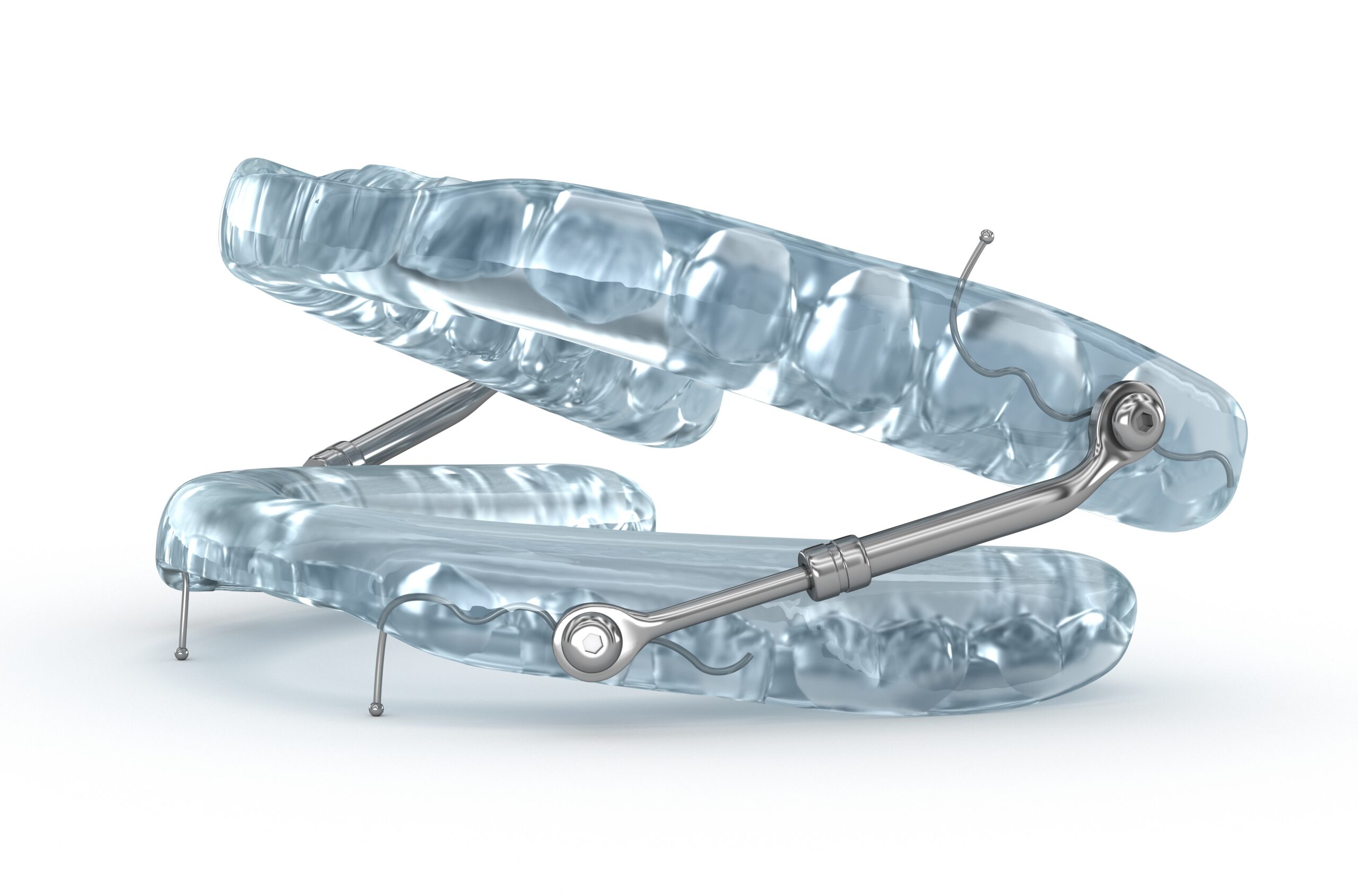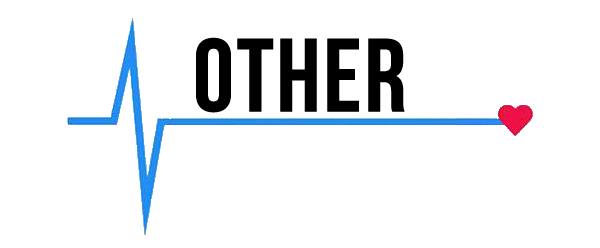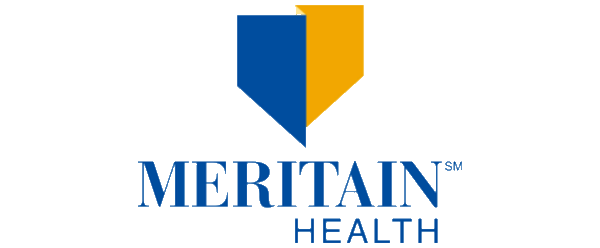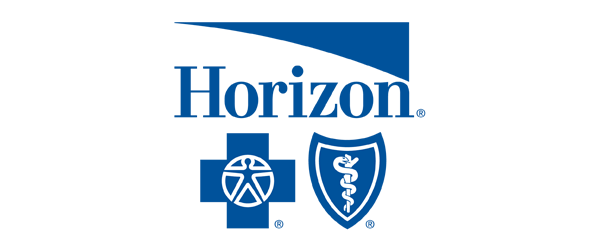Sleep therapies are undergoing a transformation, driven by the need for patient-centric solutions such as sleep apnea oral device treatment. With more than 80 million Americans affected by sleep apnea, the search for effective and comfortable treatment options has only increased.
While Continuous Positive Airway Pressure (CPAP) therapy has traditionally been the standard, its drawbacks for certain patients have propelled the rise of oral appliance therapy, a less invasive and more convenient approach. There are compelling reasons behind the growing popularity of oral appliances, their non-invasive nature, technological advancements, and patient-friendly features.
For decades, the treatment landscape for Obstructive Sleep Apnea (OSA) remained relatively stagnant after the introduction of CPAP therapy in the mid-1980s. Initially, OSA was often misconstrued as merely a snoring problem, but it actually has serious health implications, including life-threatening consequences. Early interventions were primarily focused on symptom management, often involving lifestyle modifications or basic mechanical devices.
However, as the medical community’s understanding of OSA deepened, so did the development of more sophisticated and patient-centric treatment options. This evolution reflects a growing appreciation for the complex nature of OSA and a commitment to improving the quality of life for those affected.
“Today, treatments range from continuous positive airway pressure (CPAP) machines to surgical procedures and cutting-edge non-invasive solutions,” according to Medical Product Outsourcing Magazine. “While these advancements have improved patient outcomes, each approach carries its own set of limitations, underscoring the need for ongoing innovation.”
Sleep Apnea Oral Device: A Departure from Bulky Machines
One of the best advantages of sleep apnea oral device therapy lies in its ability to provide effective treatment without the bulk and intrusiveness of CPAP machines. For many individuals, the transition to CPAP is fraught with challenges. The discomfort of masks, the claustrophobic feeling, and the sheer inconvenience of carrying and maintaining bulky equipment can lead to poor compliance.
Oral appliances, on the other hand, offer a discreet and comfortable alternative. Resembling custom-fitted mouthguards or retainers, these devices fit comfortably within your oral cavity, eliminating the need for cumbersome masks and hoses. This intraoral approach allows for natural sleep positions, reducing disruptions and improving your comfort.
Furthermore, the reduced side effects associated with oral appliances, compared to CPAP, contribute to their appeal. While CPAP can lead to dry mouth, nasal congestion, and skin irritation, oral appliances generally have fewer associated issues. Any initial discomfort or increased saliva production typically subsides within a few weeks, making the transition smooth and manageable.
“Oral appliances for sleep apnea are dental devices, or mouthpieces, that you wear in your mouth to keep your airway open while you sleep,” states Cleveland Clinic. “Healthcare providers use them to treat obstructive sleep apnea (OSA). There are two main types of dental appliances for treating OSA: mandibular advancement devices (MADs) and tongue-stabilizing devices (TSDs).”
Evolution of Oral Appliances and Health Care Advancements
The evolution of today’s sleep apnea oral device is a testament to the power of technological innovation in health care. What once began with rudimentary methods has now transformed into a sophisticated realm of precision and personalization.
Modern oral appliances benefit from significant advancements in materials and technology, leading to devices that are more comfortable, durable, and effective. The use of advanced polymers and biocompatible materials ensures a comfortable and safe experience, adapting to the unique contours of the mouth.
3D printing technology has revolutionized the customization of oral appliances, enabling dental professionals to create highly personalized devices with optimal fit and effectiveness. Many modern devices feature adjustable titration mechanisms, allowing for fine-tuning of jaw positioning to optimize airflow and minimize potential side effects. This personalized adjustment makes sure that patients receive the most quality treatment available, tailored to their specific needs.
Looking ahead, the integration of smart technology holds immense promise. The possibility of incorporating sensors and data tracking capabilities into oral appliances opens the door to real-time monitoring of treatment effectiveness and personalized feedback, further enhancing the efficacy and convenience of this treatment option.
Sleep Apnea Oral Device Integration in Daily Life
In your fast-paced world, convenience is most likely one of the most important factors in health care decisions and whether you use a sleep apnea oral device. Oral appliances excel in this regard, offering a level of portability and ease of use that CPAP simply cannot match. Their compact size makes them ideal for travel, eliminating the need to lug bulky equipment and ensuring that patients can maintain their treatment regimen wherever they go.
The absence of electrical components also enhances their portability, providing flexibility. Oral appliances are also remarkably simple to use, requiring only insertion before sleep, and their maintenance is straightforward, similar to cleaning retainers or mouthguards. This ease of use and maintenance contributes to higher compliance rates, leading to improved treatment outcomes.
By addressing the root cause of sleep disruption, oral appliances contribute to improved daytime alertness and a better mood. The convenience and patient-centric design make them a seamless addition to daily life:
- Comfort: Modern oral appliances are designed for comfort, using biocompatible materials and custom-fitting to minimize discomfort.
- Sleep Positions: Oral appliances allow for comfortable sleep in any position.
- Travel-Friendly: Oral appliances are small, portable, and require no electricity, making them ideal for travel.
- Silent Operation: Oral appliances are completely silent, unlike some CPAP machines, making them suitable for light sleepers.
- Non-Claustrophobic: Oral appliances fit comfortably inside the mouth, leaving the face and nose free, unlike CPAP masks.
- Easy Care: Cleaning an oral appliance is simple, similar to caring for a retainer or mouthguard.
- Gag Reflex: Modern oral appliances are designed to minimize contact with the back of the mouth, reducing the likelihood of triggering a gag reflex.
- Long-Term Effects: While some minor tooth movement or bite changes are possible, these are usually minimal and can be managed with proper follow-up care.
Treatment Possibilities and Future Advancements
The future of Obstructive Sleep Apnea treatment and sleep apnea oral device therapy is brimming with exciting possibilities. Over the next decade, innovative device designs and cutting-edge technology are poised to revolutionize patient care.
We’re moving towards a future where OSA diagnostics and management are seamlessly integrated with advanced materials, sophisticated wearables, and smart technologies, all working together to improve the patient experience and clinical outcomes.
Wearable technology is at the forefront of this transformation. New devices are emerging that promise to redefine how we screen and diagnose OSA. Unlike traditional and cumbersome equipment, these wearables leverage novel sensors and artificial intelligence-driven algorithms to collect and analyze data in real-time. Future iterations of these devices will likely focus on miniaturization and improved comfort, making them suitable for long-term use.
Imagine rings and wristbands that can continuously track vital metrics like heart rate and movement. By employing advanced technologies like photoplethysmography and inertial measurement units, these next-generation wearables can provide critical insights into cardiac and respiratory functions, essential for OSA diagnosis and monitoring. This continuous, unobtrusive monitoring will empower health care providers with a wealth of data, enabling more precise diagnoses and personalized treatment plans.
| Feature | Description | Benefits |
| Wearable Technology | Rings and wristbands with sensors to track heart rate, movement, and other vital signs. | Continuous, unobtrusive monitoring Real-time data collection and analysis Improved accuracy in diagnosis and monitoring More personalized treatment plans |
| Advanced Technologies | Photoplethysmography (PPG) and inertial measurement units (IMUs) to provide insights into cardiac and respiratory functions. | Early detection of potential issues Remote monitoring of patients More informed clinical decision-making |
| Miniaturization and Improved Comfort | Smaller and more comfortable devices for long-term use. | Increased patient compliance Enhanced user experience Reduced discomfort and inconvenience |
| AI-driven Algorithms | Sophisticated algorithms to analyze data and provide insights. | Automated detection of sleep apnea events Predictive analytics for personalized interventions Improved efficiency in data interpretation |
| 3D Printing | Customized oral appliances with optimal fit and comfort. | Personalized treatment solutions Enhanced comfort and effectiveness Reduced need for adjustments |
| Smart Sensors | Integration of sensors into oral appliances to monitor treatment effectiveness. | Real-time feedback on treatment progress Personalized adjustments for optimal results Improved patient engagement and motivation |
| Personalized Treatment Plans | Tailored treatment plans based on individual needs and preferences. | Optimized treatment outcomes Enhanced patient satisfaction More targeted interventions |
| Biodegradable Materials | Environmentally friendly materials for oral appliance construction. | Reduced environmental impact Sustainable healthcare solutions Increased patient awareness and responsibility |
Navigating Options with Sleep Apnea Oral Device Guidance
While sleep apnea oral device treatment offers numerous advantages, you need to recognize that it’s not a one-size-fits-all solution. Consulting with a qualified sleep specialist and dental professional is key to determining the most appropriate treatment.
Whether considering Mandibular Advancement Devices (MADs), Tongue Retaining Devices (TRDs), or other device types, professional assistance is essential. Regular dental check-ups are also vital to monitor for any changes in bite alignment or other potential long-term effects.
It’s also important to discuss the costs associated with oral appliance therapy and explore potential insurance coverage options. Many medical insurance plans cover oral appliance therapy as a treatment for sleep apnea, making it an accessible option for many patients.
The field of sleep medicine is constantly evolving, with a growing emphasis on personalized treatment approaches. Advancements in technology, such as 3D printing and smart sensors, are enabling the development of customized oral appliances and tailored treatment plans that cater to individual needs and preferences. The integration of smart technology, personalized treatment plans, and biodegradable materials heralds a future where sleep apnea relief is not only effective but also seamlessly integrated into daily life.
As research continues and technology advances, oral appliance therapy is poised to play an increasingly significant role in the management of sleep apnea. This offers today’s patients a comfortable, convenient, and effective alternative to traditional treatments.
Wellness and Pain
Personalize your sleep apnea oral device treatment by visiting Wellness and Pain. We offer conservative treatments, routine visits, and minimally invasive quick-recovery procedures. We can keep you free of problems by providing lifestyle education and home care advice.
This enables you to avoid and manage issues, quickly relieving your inhibiting lifestyle conditions when complications arise. We personalize patient care plans based on each patient’s condition and unique circumstances. Wellness and Pain can help improve wellness, increase mobility, relieve pain, and enhance your mental space and overall health.











